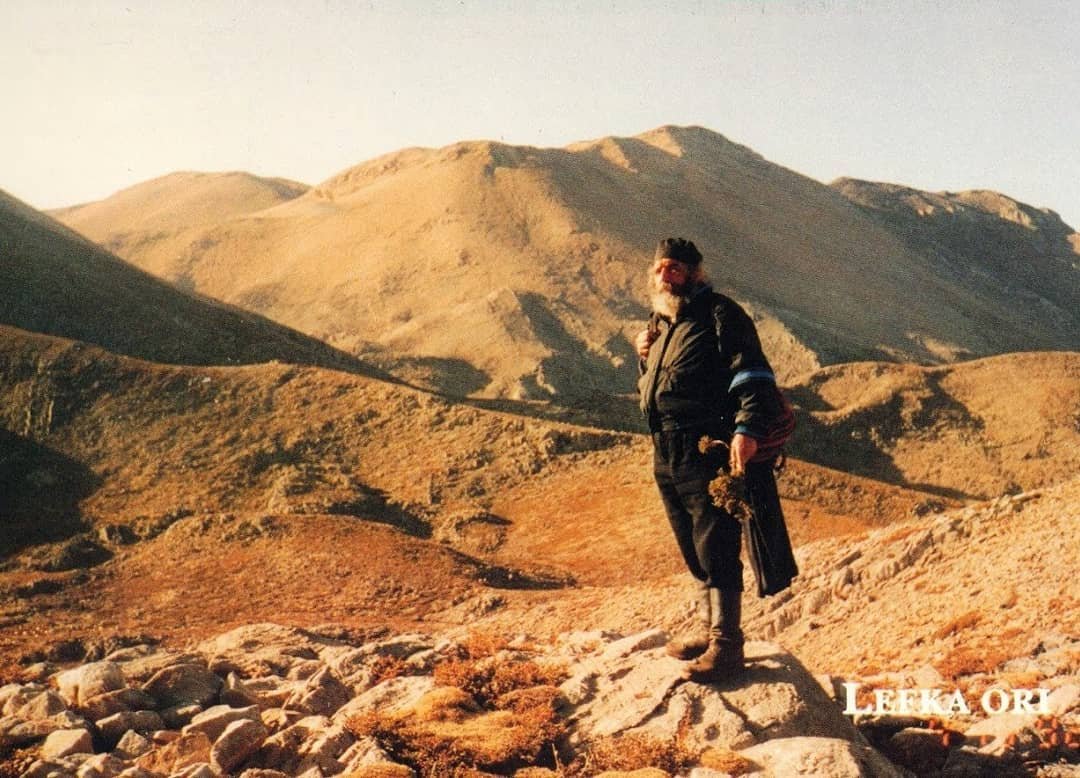You might think you know Crete, but the island’s 20th-century journey is full of unexpected twists and turns. From a brief period of independence to a major population exchange, Crete’s modern history is as complex as it is fascinating. The island’s transformation from an agricultural backwater to a tourism powerhouse didn’t happen overnight, and along the way, Cretans experienced war, urbanization, and a cultural rebirth.
These seven surprising facts about Crete’s 20th-century changes will challenge your perceptions and reveal a side of the island you’ve never considered before.

1. The Short-Lived Cretan State
Few people realize that Crete briefly tasted independence before joining Greece. It’s a fascinating chapter in the island’s history that often gets overlooked. Envision this: It’s 1898, and Crete’s just broken free from Ottoman rule. Can you imagine the excitement in the air?
For 15 glorious years, Crete existed as its own autonomous state. Crazy, right? The Cretan State, as it was called, had its own parliament, currency, and even postage stamps. Talk about a collector’s dream.
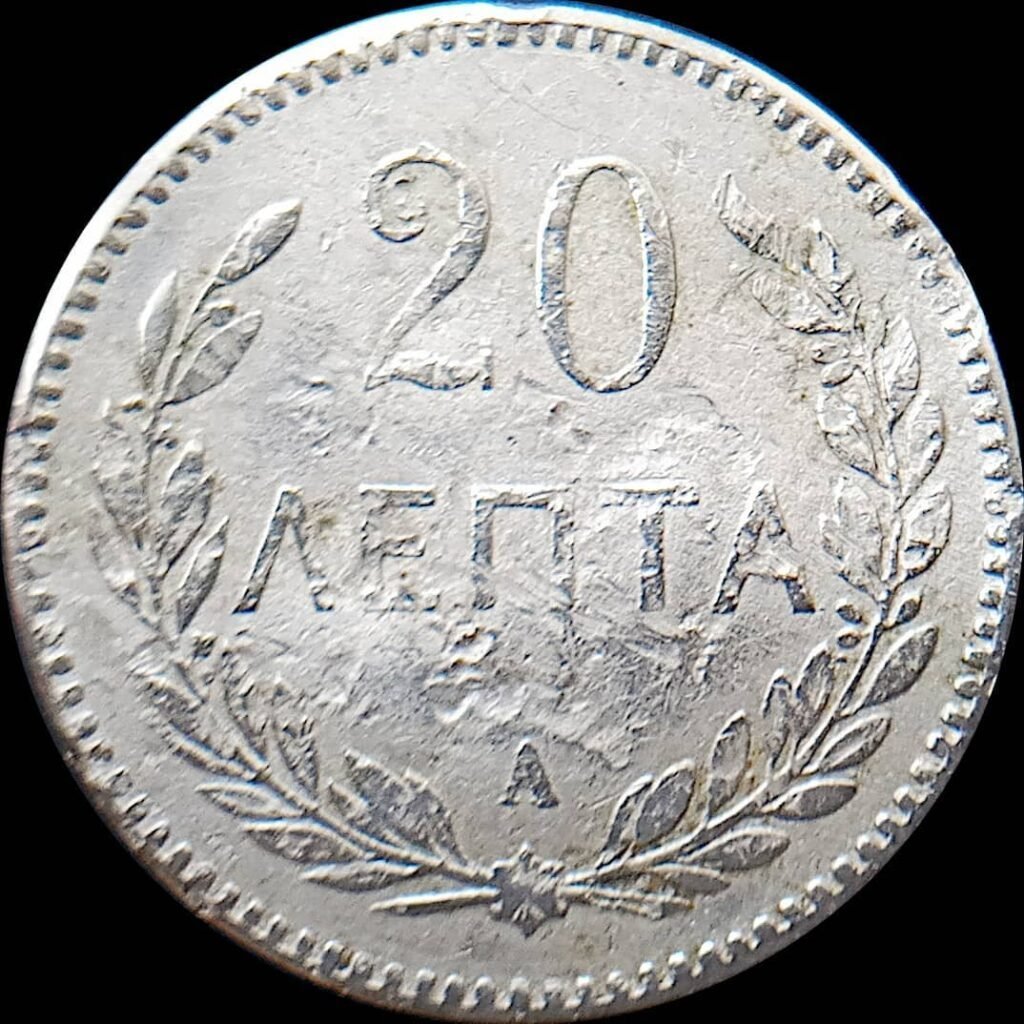
However, it’s important to note that despite its autonomy, Crete remained under nominal Ottoman sovereignty. This created a complex political arrangement where Crete had significant self-governance but wasn’t fully independent. The island managed its internal affairs while the Ottoman Empire retained certain rights, particularly in foreign relations.
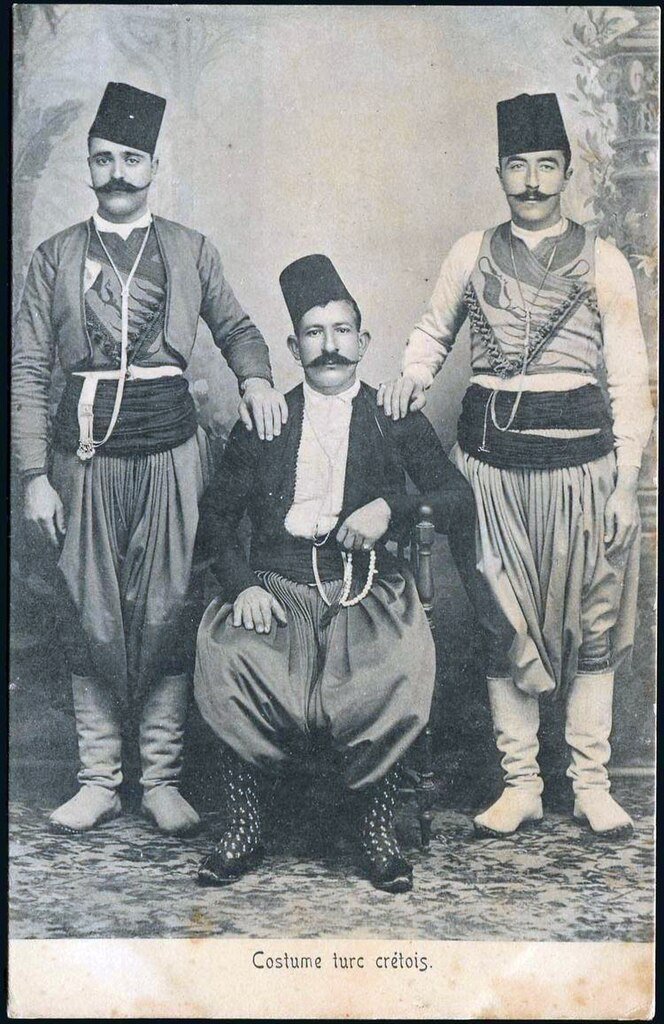
This period saw some remarkable changes. Crete’s first university was established, and the economy started to modernize. But the dream of union with Greece never faded. In 1913, Crete finally became part of the Greek state.
It was a bittersweet moment – the end of a unique experiment in self-governance, but the beginning of a new era for Cretans.
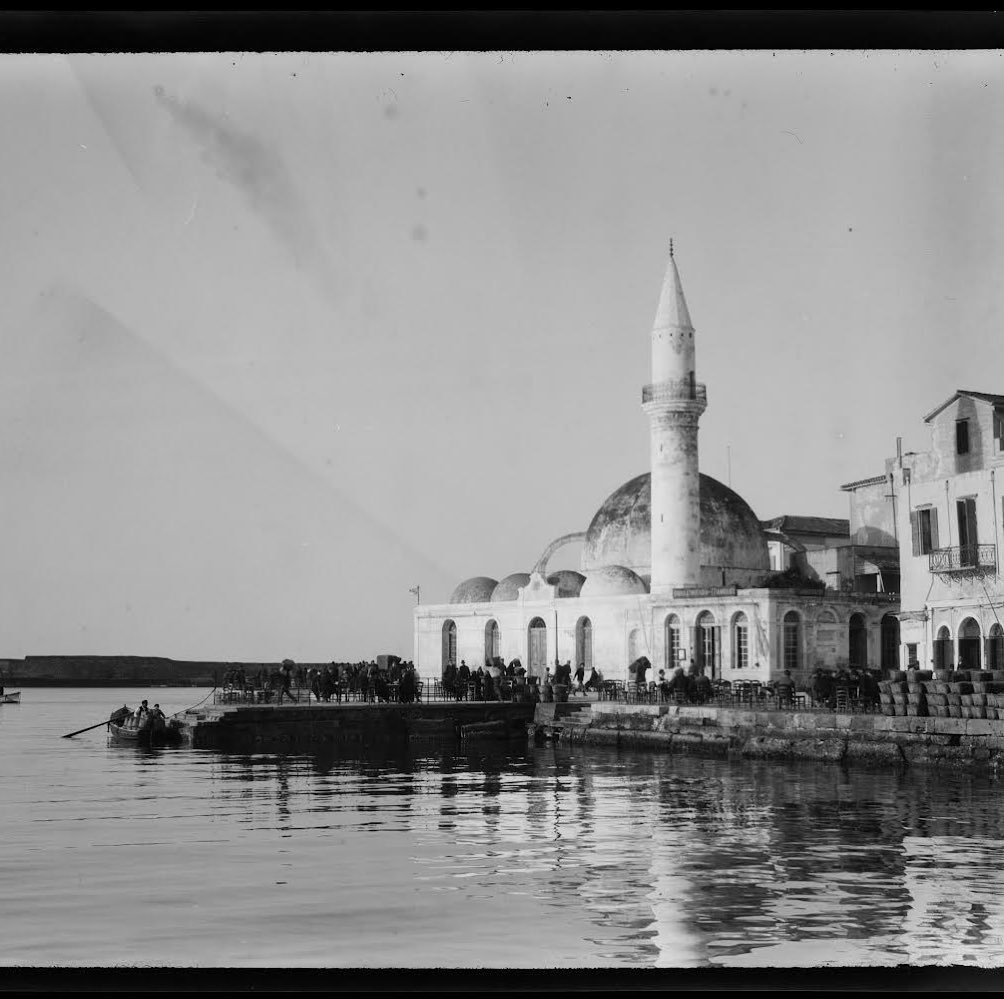
2. Demographic Shift of 1923
While Crete’s brief independence was significant, an even more profound change was just around the corner. Can you imagine waking up one day to find your neighbors – people you’ve known all your life – suddenly packing up and leaving? That’s exactly what happened in 1923 when the population exchange between Greece and Turkey turned Crete’s demographics upside down.
As part of the Treaty of Lausanne, thousands of Muslim Cretans (yes, you read that right) were forced to leave their ancestral homes and move to Turkey. In their place, Christian refugees from Asia Minor flooded the island. It was a heartbreaking upheaval that changed the face of Cretan society forever.

This massive population exchange profoundly impacted Crete beyond just altering its religious composition. The influx of refugees introduced new customs, culinary traditions, and musical styles to the island. The aromatic dolmades and the haunting melodies of Cretan lyra music are enduring legacies of this demographic transformation.
As the newcomers’ cultural elements intertwined with local traditions, a unique cultural tapestry emerged – one that continues to define Crete’s identity to this day.

3. World War II’s Lasting Impact
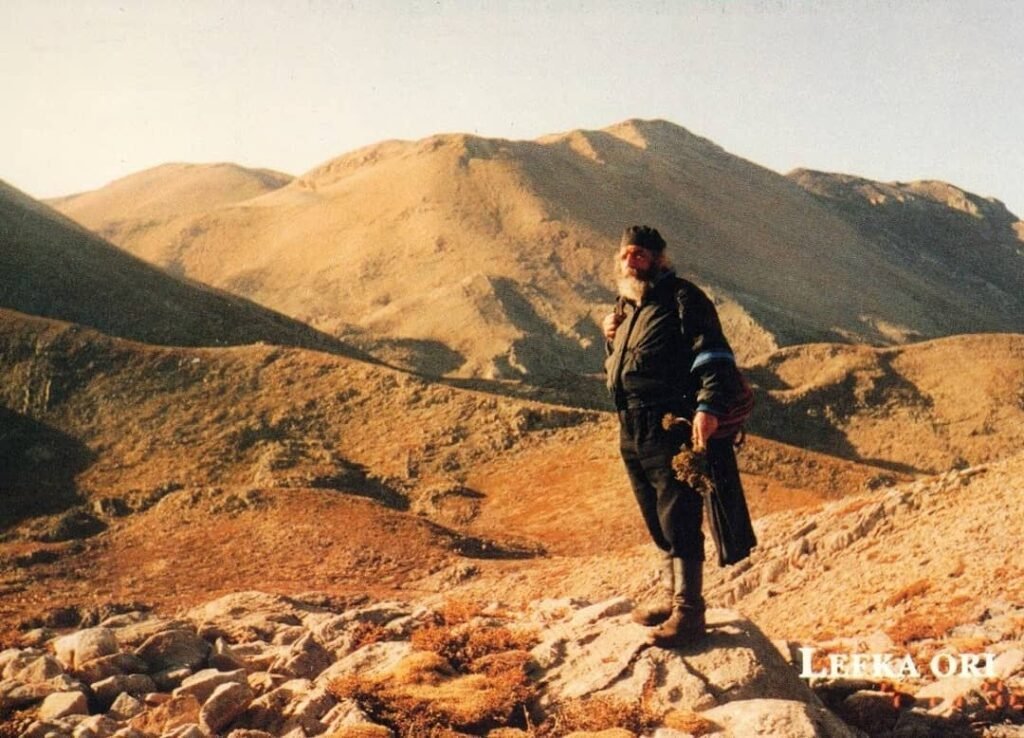
The rumble of German planes over Crete in May 1941 marked the beginning of a dark chapter that would ultimately catapult the island into modernity. Can you imagine the terror of those days? Yet, from the ashes of war, Crete emerged transformed.
The island’s strategic importance during WWII led to rapid infrastructure improvements – think new roads, airports, and telecommunications networks.
But the changes weren’t just physical. The war exposed Cretans to new ideas and cultures, broadening their horizons. It’s as if the island woke up from centuries of isolation. Post-war, you’d have seen a surge in education, with literacy rates skyrocketing. And let’s not forget the economic boost – Allied spending during the war kickstarted new industries.
Perhaps most surprisingly, the war strengthened Crete’s international ties. The bravery of Cretan resistance fighters won admirers worldwide, leading to lasting friendships and increased tourism.
The island’s modern landscape and international connections bear silent witness to this transformative period, reminding us how profoundly World War II shaped Crete’s development.
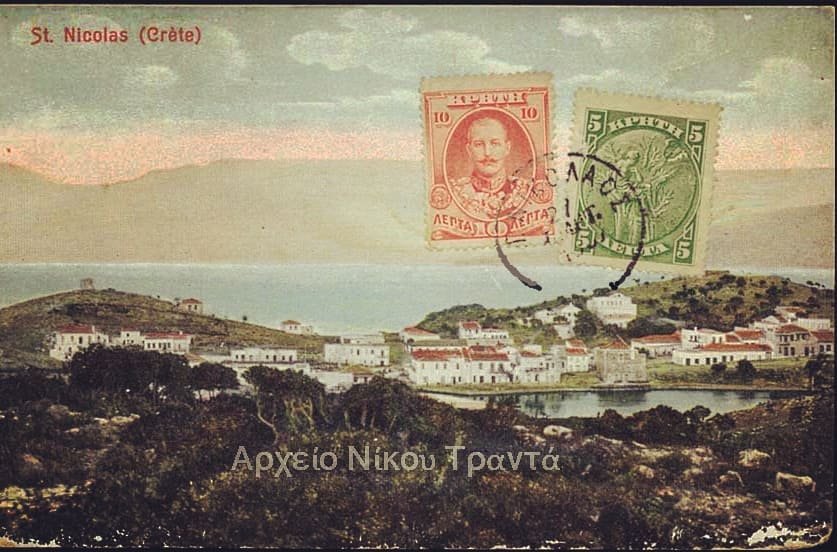
4. From Agriculture to Tourism
Crete’s economic landscape underwent a seismic shift in the latter half of the 20th century. You might think of Crete as a sun-soaked paradise today, but did you know it was once primarily an agricultural powerhouse? As late as the 1960s, most Cretans were farmers, tending olive groves and vineyards that had sustained the island for millennia.
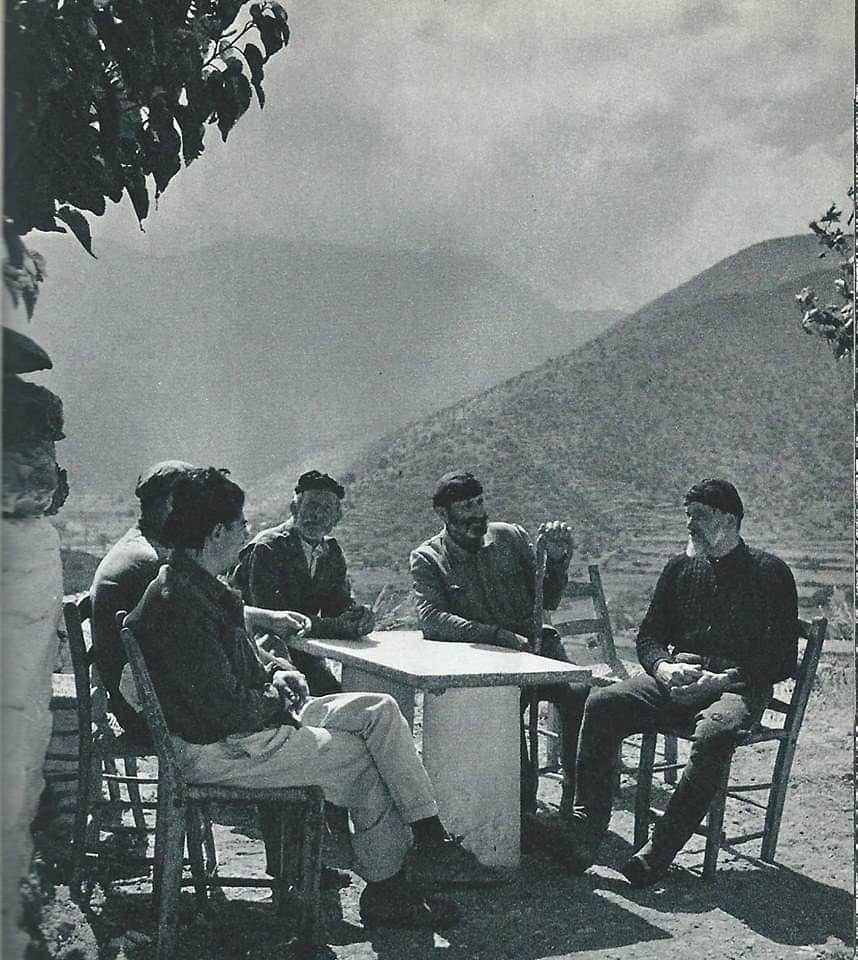
Then, a remarkable transformation began. Visitors started flocking to Crete’s pristine beaches and ancient ruins – a trend that continues to this day, with many returning year after year, drawn by the island’s enduring charm. This tourism boom reshaped everything. Sleepy fishing villages evolved into vibrant resort towns (such as Malia and Elounda), and traditional tavernas found themselves offering menus alongside international cuisines.
Can you imagine the culture shock? Suddenly, young Cretans were trading their farming tools for hotel uniforms and tour guide badges. The island’s economy exploded – for better and worse. While tourism brought unprecedented prosperity, it also challenged Crete’s traditional way of life.

Despite this dramatic transformation, authentic Cretan culture hasn’t disappeared. Interspersed among the tourist attractions, you can still discover enclaves where traditional island life flourishes. This blend creates a unique experience, allowing visitors to explore both modern amenities and time-honored customs throughout Crete.
5. Modernizing Cretan Farming
While tourism became a major economic driver, agriculture continued to play a crucial role in Crete’s economy and identity. The transformation of farming methods on this ancient island, however, might surprise you.
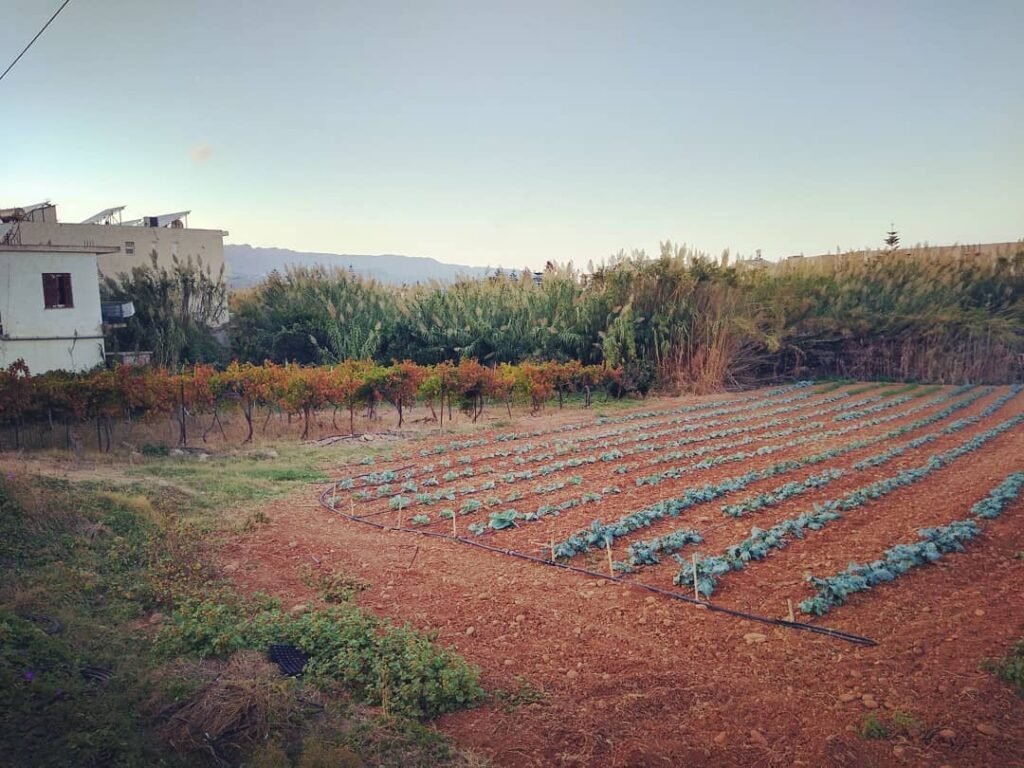
Gone were the days of donkey-drawn plows and hand-picked harvests. The 20th century ushered in a revolution in Cretan agriculture. Can you imagine the looks on farmers’ faces when tractors first rumbled through olive groves? These mechanical marvels – along with new irrigation systems – transformed the landscape.
But it wasn’t just about fancy equipment.
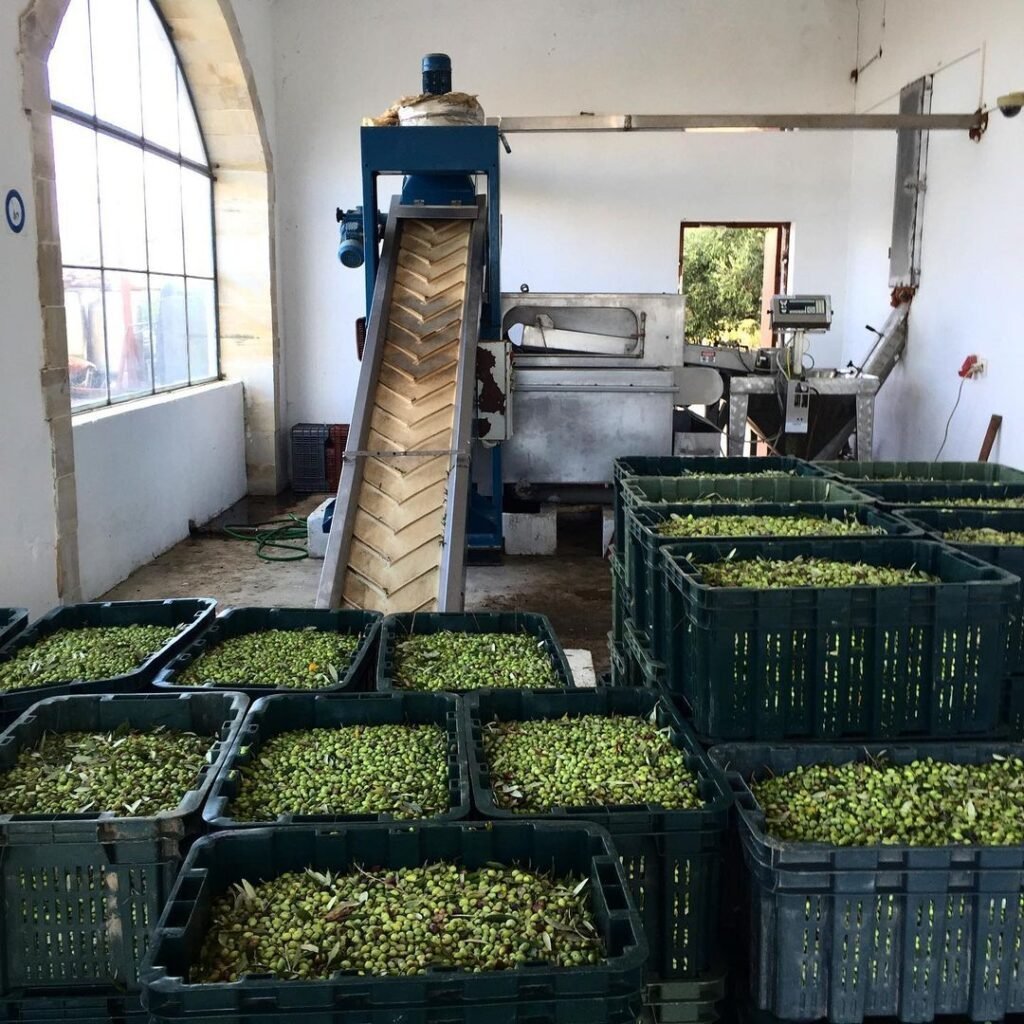
Cretan farmers embraced scientific methods, too. They began using organic fertilizers and adopted crop rotation techniques, preserving the soil’s natural fertility. The result? Not only did yields increase, but the quality of produce soared. This commitment to both tradition and innovation is why Cretan vegetables are renowned for their exceptional flavor – a taste of sunshine that visitors often claim is unmatched anywhere else.
Olive oil production – Crete’s liquid gold – became more efficient with modern presses. And here’s a fun fact: Crete’s wine industry got a makeover, with local varieties like Vidiano making a comeback. This revival of ancient varietals has contributed to the island’s growing reputation in the international wine community.
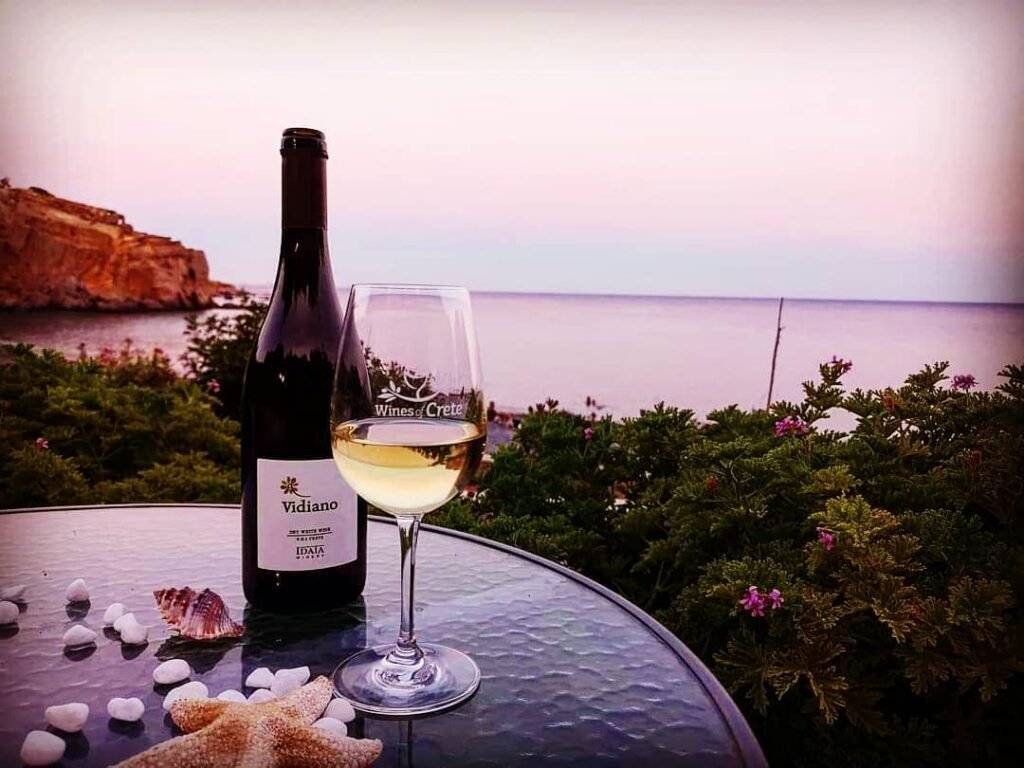
This agricultural modernization, while beneficial in many ways, did come with certain trade-offs. Some traditional farming knowledge, passed down through generations, risked being overlooked in favor of newer methods. Additionally, concerns about the long-term environmental impact of intensive farming practices have emerged.
Nevertheless, it’s clear that Cretan agriculture has successfully adapted to the demands of the modern era, balancing innovation with a respect for the island’s rich agricultural heritage.
6. Urban Growth and Rural Exodus
Heraklion’s skyline began to stretch upward as Crete’s cities experienced unprecedented growth in the 20th century. You might’ve pictured Crete as a land of quaint villages, but urban centers like Heraklion, Chania, and Rethymno transformed dramatically.
As opportunities in tourism and commerce blossomed, Cretans flocked to these expanding hubs, leaving behind their rural roots.
Can you imagine the contrast? While cities buzzed with new energy, many mountain villages grew eerily quiet. The exodus was stark – young people, drawn by the allure of modern amenities and job prospects, abandoned centuries-old family homes. Talk about a cultural shift.
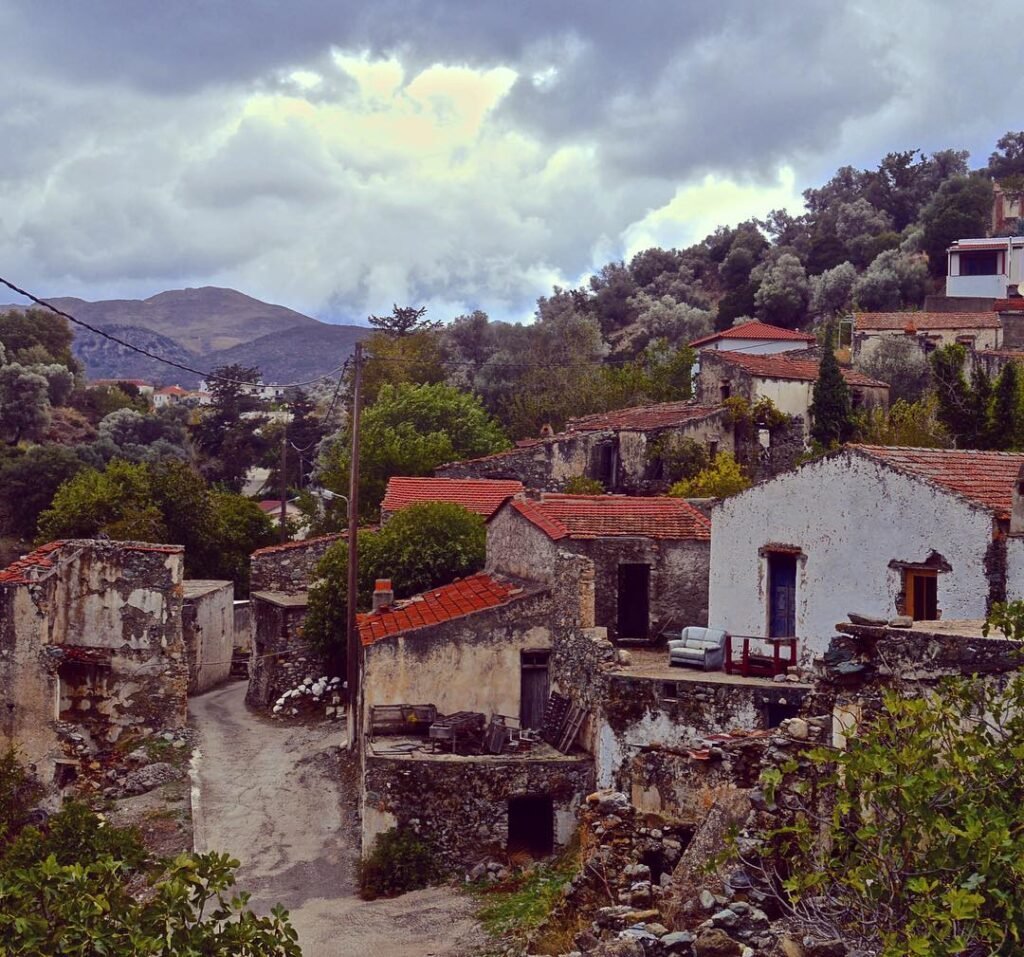
This urban migration had far-reaching effects beyond mere population redistribution. It fundamentally altered the fabric of Cretan society. Traditional extended family structures began to fragment, and time-honored customs found themselves challenged by the fast-paced rhythm of city life.
However, it’s worth noting that despite these changes, Cretan family bonds remained remarkably resilient. Even today, compared to many other European regions, Crete maintains stronger family ties and a deeper sense of kinship, showcasing the enduring nature of these cultural values amidst modernization.
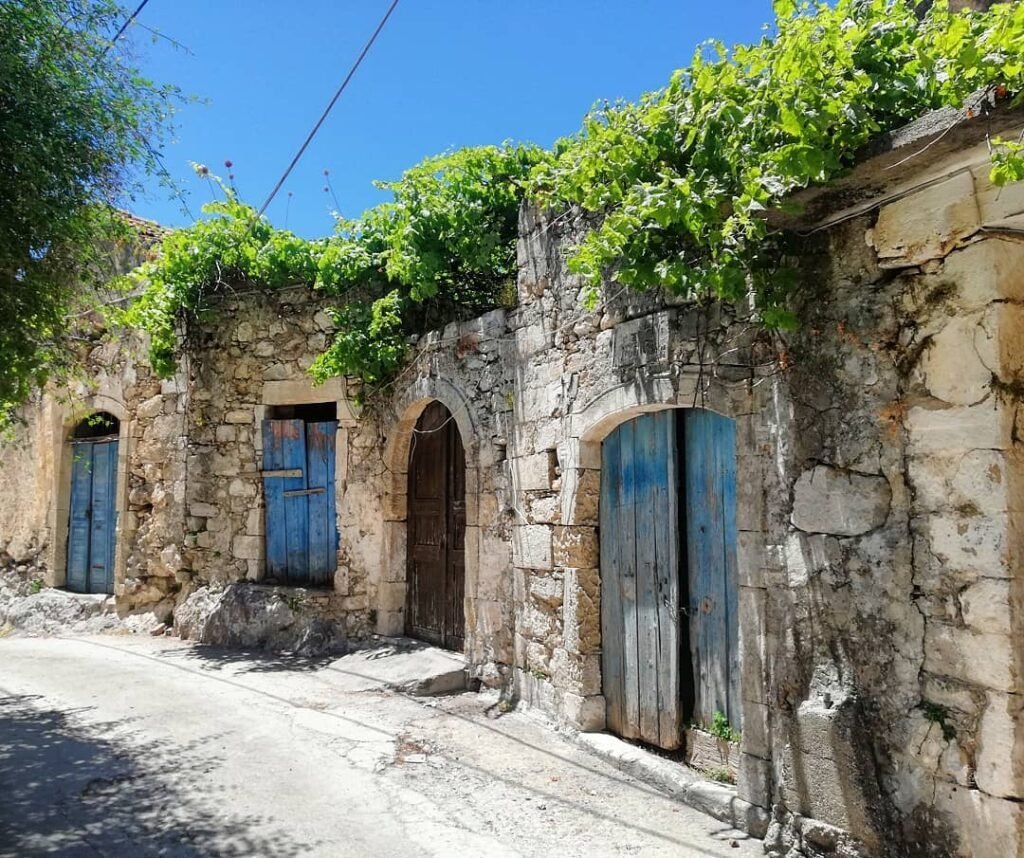
Amidst this period of rapid change, an unexpected cultural phenomenon emerged. Urban Cretans, feeling nostalgic for their rural roots, began actively preserving and celebrating village traditions in novel ways. Ironically, the act of leaving their villages sparked a passionate reconnection with and revitalization of their cultural heritage in urban settings.
7. Cretan Cultural Renaissance
Who’d have thought that throughout rapid modernization, Crete would experience a profound cultural awakening? As the island raced towards the future, something remarkable happened – Cretans began to rediscover their roots with renewed passion.

You might have expected traditional customs to fade away, but quite the opposite occurred. The 1960s and 70s saw an explosion of interest in Cretan music, dance, and folklore. The haunting melodies of the lyra, a traditional Cretan string instrument, once again became a common sound in village squares, rekindling a connection to the island’s musical heritage.
Local artisans breathed new life into age-old crafts, from intricate woodcarving to delicate lace-making. In fact, Crete has a rich history of lace production, with intricate designs unique to the island.
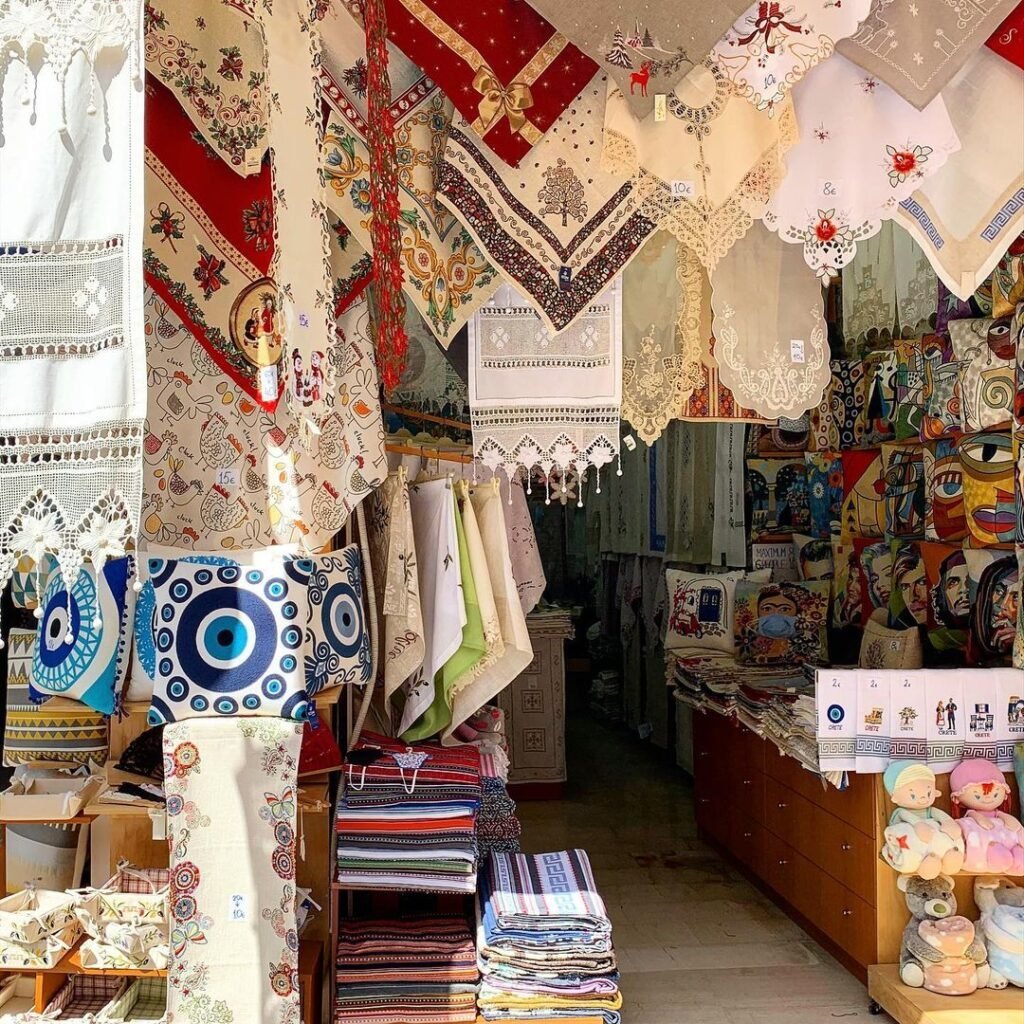
This cultural renaissance wasn’t just about nostalgia – it became a source of pride and identity. A renewed appreciation for Cretan heritage emerged, with locals and visitors alike recognizing the value of these long-standing traditions.
Traditional dress made a comeback at festivals, and young people began enthusiastically learning the complex steps of pentozali dances. Even Cretan cuisine experienced a revival, with forgotten recipes being rediscovered and celebrated. Notably, dishes like chochlioi boubouristi (fried snails) gained newfound popularity, showcasing the island’s unique culinary traditions.
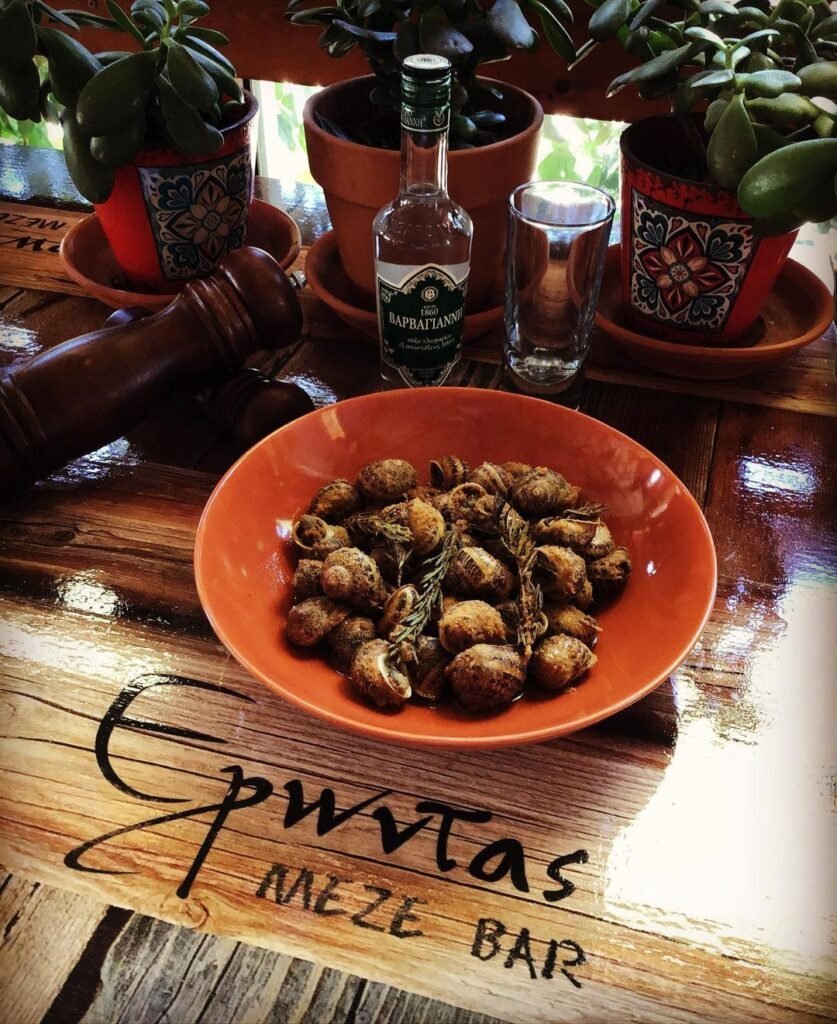
Conclusion
Crete’s journey through the 20th century has been truly remarkable. From its brief period of independence to its evolution into a beloved tourist destination, the island has undergone profound changes while preserving its unique character. Today’s Crete is a fascinating blend of old and new, where visitors can explore ancient ruins, relax in modern resorts, and savor both traditional and innovative Cretan cuisine. The resilience of Cretan culture, even in the face of rapid modernization, is a testament to the island’s enduring spirit.

